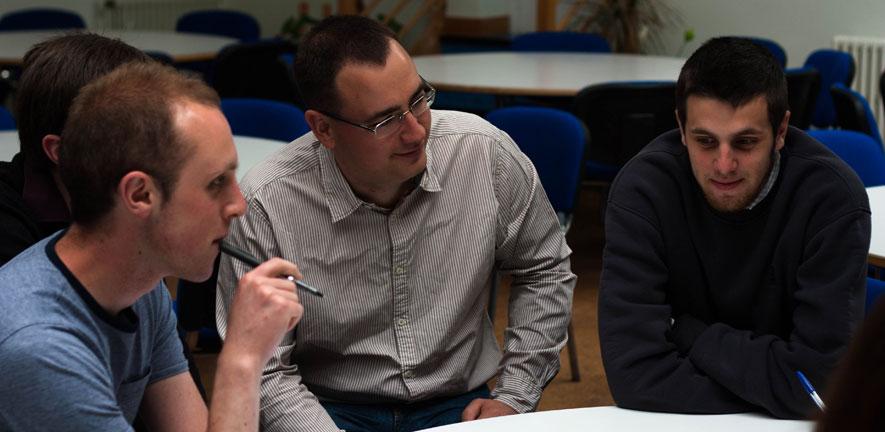
Who are we?
We are a team of physicists, biologists, chemists, and engineers and together we develop and apply modern laser based imaging methods for applications that range from the study of basic chemical processes to molecular mechanisms of disease. Our work is strongly collaborative in nature and the group is a member of several large scale consortia within the University and beyond, such as the Neurodegenerative Disease consortium, the Cambridge Advanced Imaging Centre, and the OpenLabTools initiative. We also lead strategic initiatives such as the CamBridgeSens to unite sensor research across the University of Cambridge, and the EPSRC Centre for Doctoral Training in Sensor Technologies. For details of research groups we collaborate with please refer to our list of collaborators.
The short clip below showcases some of our researchers in action and our brand new workspaces.
What infrastructure and equipment do we have?
We have world class laser imaging laboratories and chemical, molecular and cell biological facilities. Please see pages on research infrastructure for further details.
How do we work?
We have a range of tools to help us conduct effective research. We hold weekly labmeetings where one team member presents on topical research progress. Pertinent papers are discussed at weekly journal clubs. Research progress and technical information is logged on our dedicated group information server for easy information retrieval and retaining of expertise when researchers leave. PhD students’ research programmes are modular, beginning with a ‘research shadowing phase’ where the task is typically to repeat/improve on an established piece of work for 3 to 6 months and day to day work is closely supervised by senior members of the group. We find that this is a very effective way to pick up new research skills and to explore an individual’s interests, ideas and talents before defining and moving on to independent and original research projects. We prefer to form small teams of typically 2 to 3 workers with tangential interests, but clearly defined individual roles. Often such teams are formed as collaborative ventures with researchers from other groups. We prefer to have an informal atmosphere in the group and consider ourselves a friendly lot, but we are very serious about the science we do.
Interested in joining us?
We are constantly searching for outstanding students who are enthusiastic about interdisciplinary research. To find out more and to see current opportunities within our group, please visit our jobs pages.
